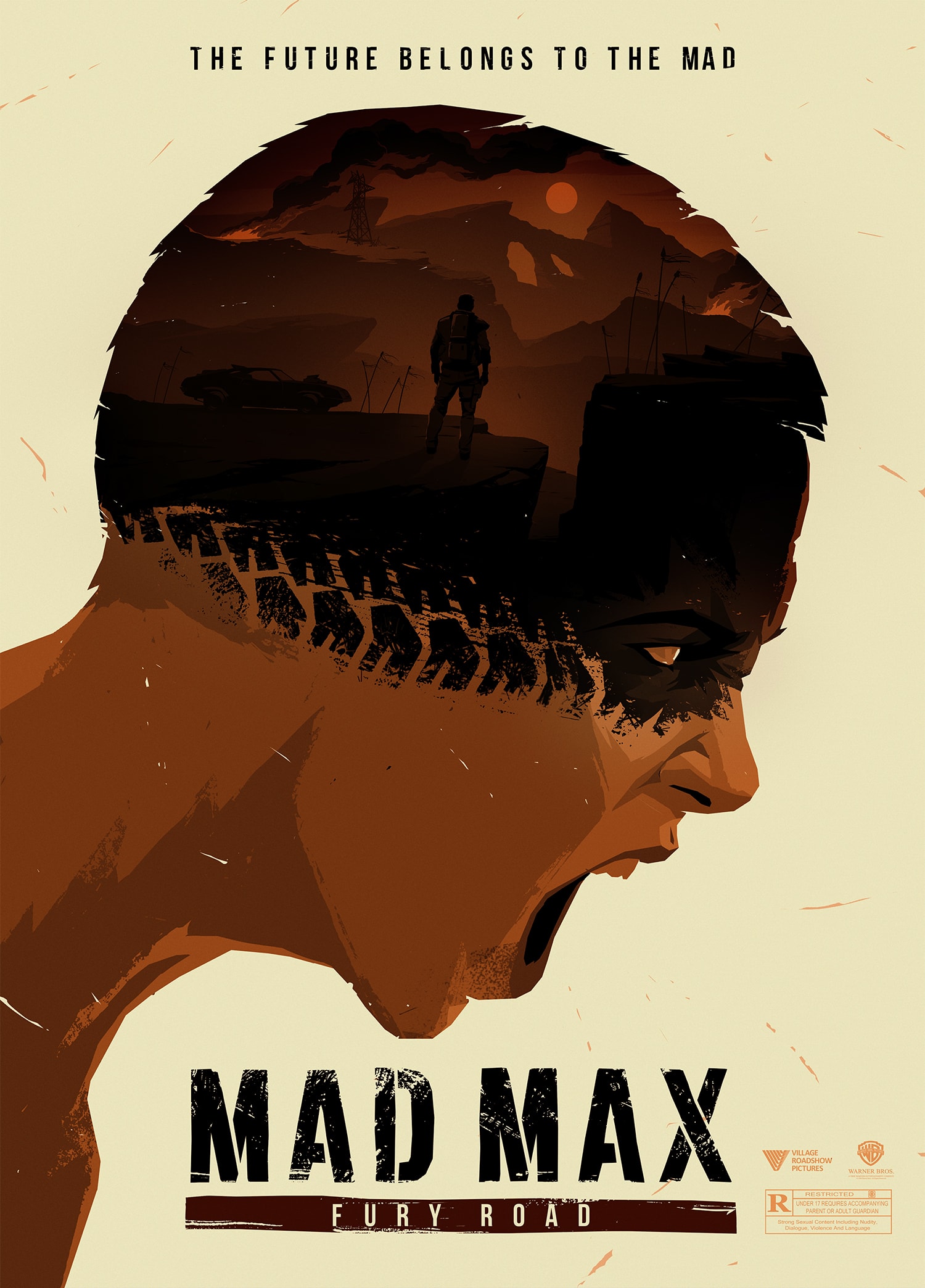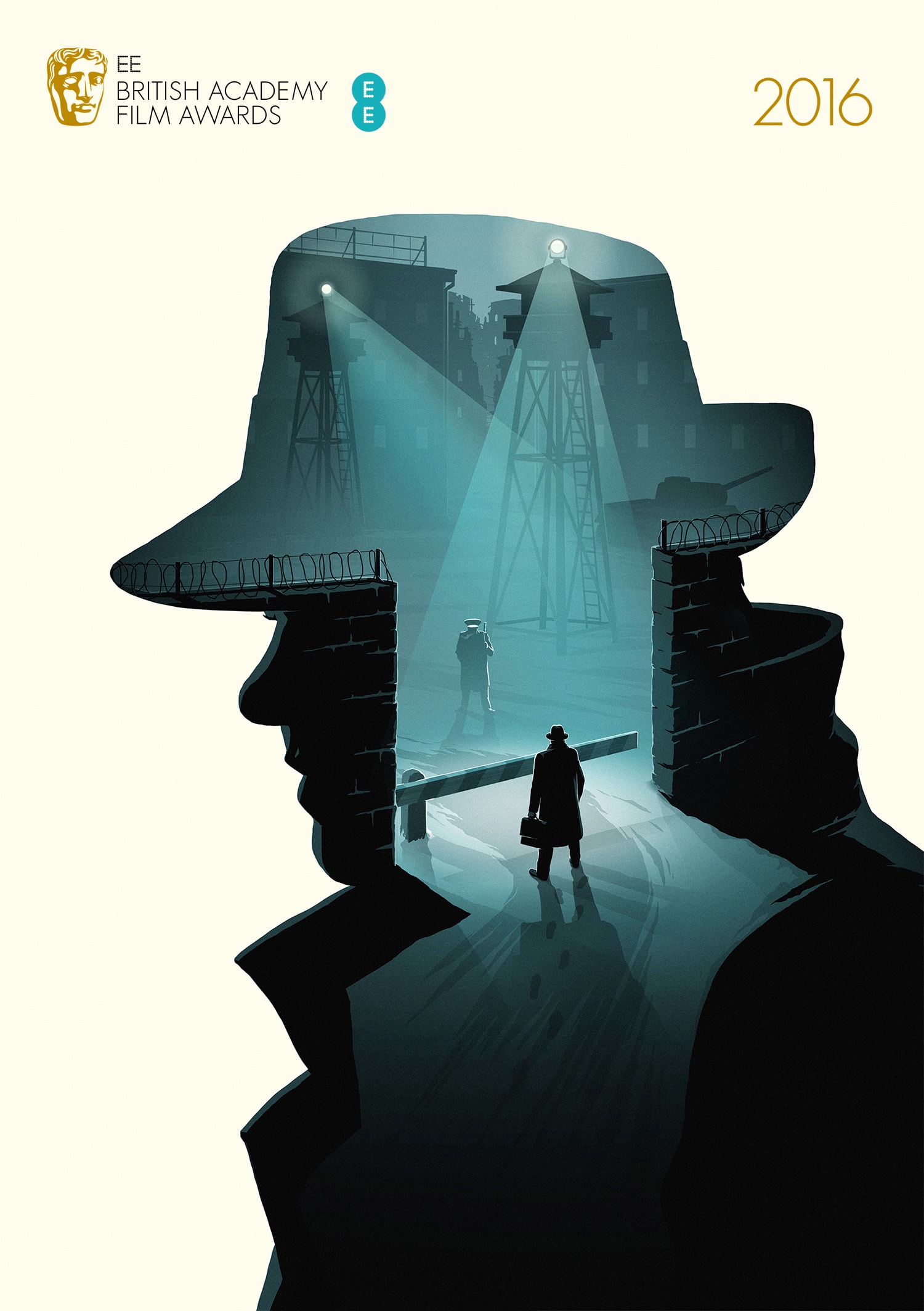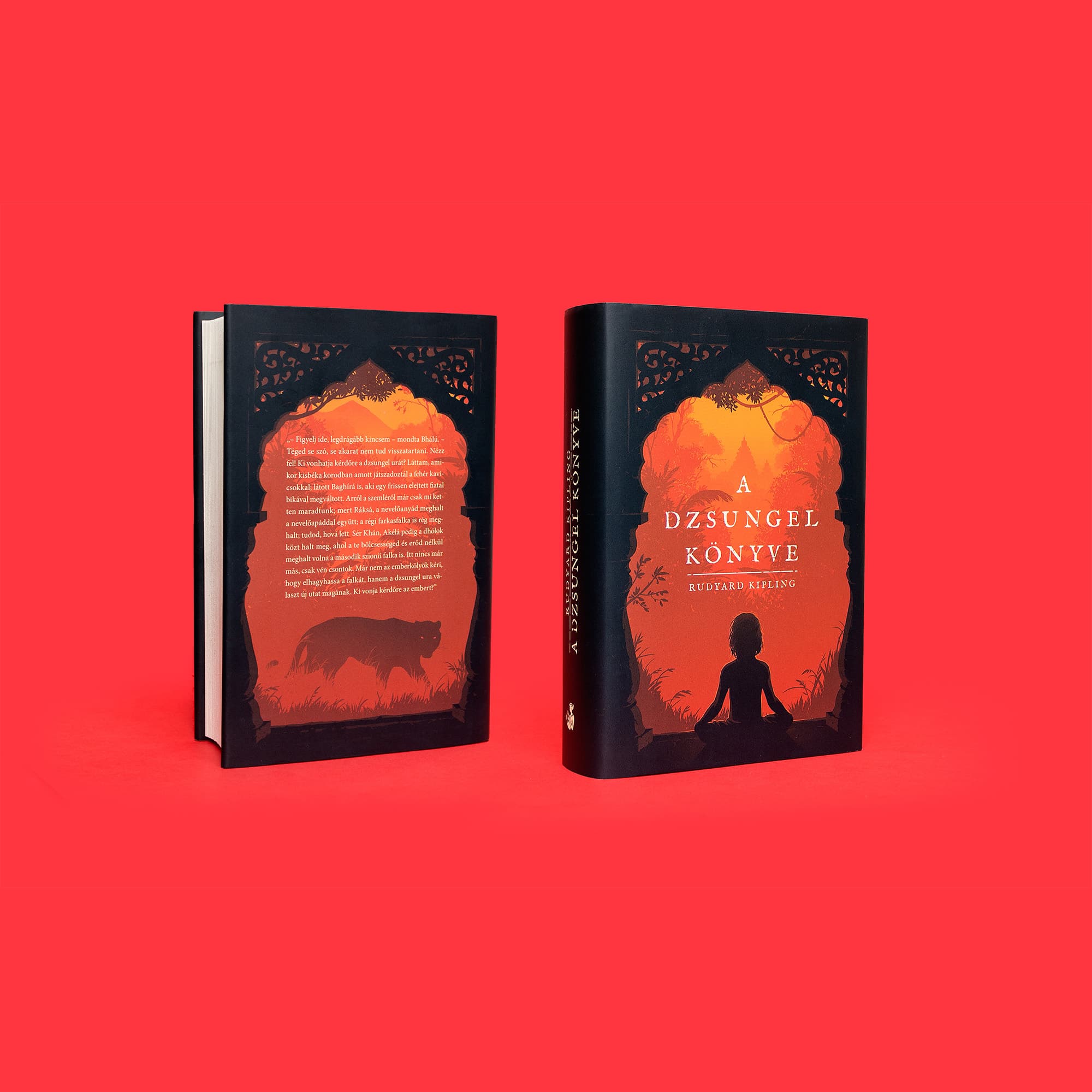Interview With
Levente Szabo
Although I finished my studies in Graphic Design in 2006 and I still adore designing logos to this day. I quickly realized after graduating that the average client feels very competent about graphic design in general which makes their feedbacks very...bold with strong opinions sometimes. On the other hand drawing is something that is considered a talent, resulting in more amicable feedbacks - and that’s why I slowly shifted to illustration.
Since then I tried myself in multiple fields like storyboard, concept art, comics and a bit of animation as well. Nowadays I focus solely on illustrated posters and book covers.

I like the term “design is a way of thinking”.
And I know it’s a cliché, but you can constantly learn from your surroundings: are you traveling with a bus? Look at the passengers - how does an ear look like from behind? Are you sitting in a loud pub? What are the people talking about based on their body language? Are you just walking the dog? Look up and enjoy the rarely seen details of the buildings!
There are interesting details everywhere and the more you know, the more tools you’ll have when you sit down drawing.


If you don’t love it, no one will.
There are a lot of projects where you try to please the client (to be paid for example) but in the long run it is better for you if you try to do the illustration that YOU like, rather than thinking about what the client would prefer. But I admit, it is not an easy task, especially if you are a beginner on the field.


Depending on the source material I try to gather as much information as I can to distill the story into a couple of key elements. After that the process involves a lot of coffee and staring into space, but usually I end up 6-8 rough sketches (only for myself) and after some consideration I produce 3-4 layouts for the client. Sometimes it’s enough and we can quickly move on to a detailed illustration, other times we need a couple of extra rounds until we have an approved layout.

They had a completely different idea in the brief focusing on the Honda engineers, and I was very happy that we could slowly move away from that. It took us a couple of rounds until we agreed on the wing concept (showing the bikes in the foreground and implementing the logo in the background) and after that it was a smooth project. I’m not a motor guy but I really enjoyed drawing these illustrations!


Well, I am terrible with any kind of paperwork to be honest. :) Usually I wait until the chores are up to my neck and then I sit down with a huge cup of coffee to sort things out for hours… After that I promise myself not to do this again, but of course I end up drowning in administration work within weeks. With optional circumstances my daily routine starts around 8AM with a couple of emails and usually I’m ready to start the actual work around 11AM up until 6PM with frequent coffee breaks. That is, unless I’m in the middle of a crunch time, but that happens less often each year.

The three classic literature posters are still my favorites. I was so compelled to finish them (even after the client disappeared midway) that I pulled a heavy night-shift just to finish them - I should’ve been working on something else at that time - and I was still so energized when I finally had next to each other. There are small details I’d do differently today, but I’m still very happy with each poster and the series as a whole.

I work digitally because it saves me a lot of time (and I hate scanning), but I’m planning to return to manual works in the future for my personal projects. Technically speaking I’m quite “spartan” in my approach: I use the programs with the factory settings and I rarely use anything else than the most basic brushes. It helps me to focus on the message instead of shiny spectacles.


Try to carve out some time for personal projects that you love.



